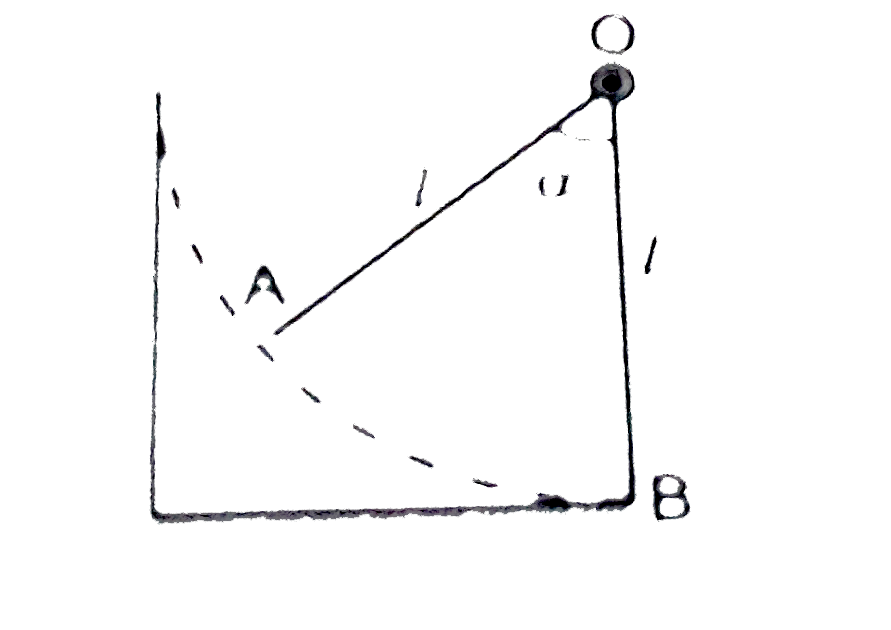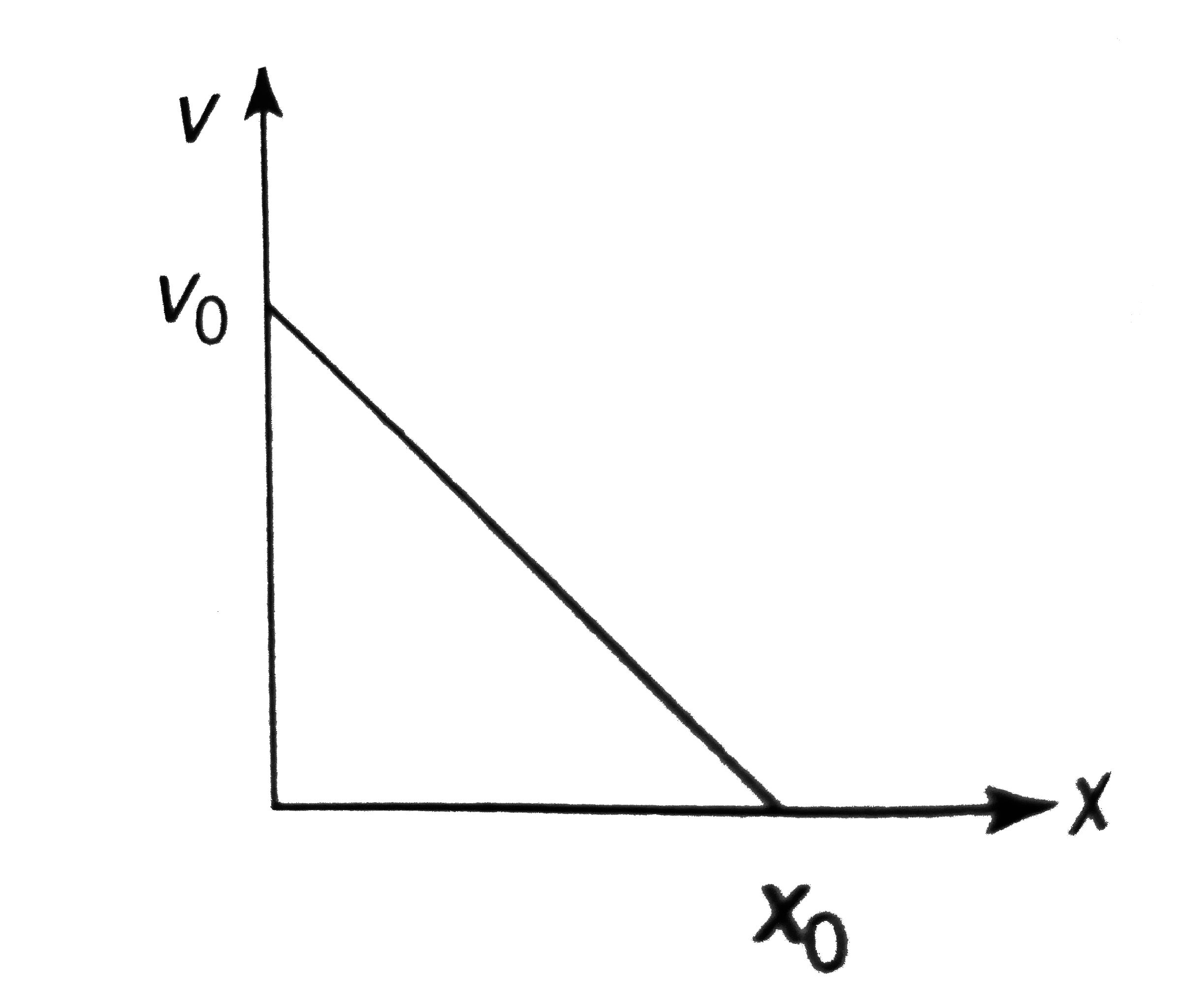For the third resonance, which option shows correct mode shaoe for displacement variation and pressure variation.




To solve the question regarding the correct mode shape for displacement variation and pressure variation for the third resonance, we can follow these steps:
1. Understanding Resonance in Open and Closed Ends:
- In a tube that is open at one end and closed at the other, the open end will have a displacement antinode (maximum displacement) and a pressure node (minimum pressure).
- Conversely, at the closed end, there will be a displacement node (minimum displacement) and a pressure antinode (maximum pressure).
2. Identifying the Third Resonance:
- For the third resonance in a tube, we need to visualize the distribution of nodes and antinodes.
- The pattern for the third harmonic (or third resonance) will consist of 3 nodes and 2 antinodes.
3. Drawing the Mode Shapes:
- At the open end, we will have:
- Displacement: Antinode (maximum)
- Pressure: Node (minimum)
- At the closed end, we will have:
- Displacement: Node (minimum)
- Pressure: Antinode (maximum)
4. Counting Nodes and Antinodes:
- For the third resonance, we should have:
- 3 nodes and 2 antinodes in total.
- The arrangement will look like this:
- Open end: Antinode (displacement) and Node (pressure)
- Closed end: Node (displacement) and Antinode (pressure)
5. Evaluating the Options:
- We need to check the given options to see which ones correctly depict this arrangement of nodes and antinodes.
- We will look for options that show:
- 3 nodes and 2 antinodes with the correct placement of displacement and pressure variations.
6. Conclusion:
- After evaluating the options, we find that options 2 and 4 show the correct mode shapes for displacement and pressure variations for the third resonance.
Final Answer:
- The correct options for the third resonance are Option 2 and Option 4.
- In a tube that is open at one end and closed at the other, the open end will have a displacement antinode (maximum displacement) and a pressure node (minimum pressure).
- Conversely, at the closed end, there will be a displacement node (minimum displacement) and a pressure antinode (maximum pressure).
- For the third resonance in a tube, we need to visualize the distribution of nodes and antinodes.
- The pattern for the third harmonic (or third resonance) will consist of 3 nodes and 2 antinodes.
- At the open end, we will have:
- Displacement: Antinode (maximum)
- Pressure: Node (minimum)
- At the closed end, we will have:
- Displacement: Node (minimum)
- Pressure: Antinode (maximum)
- For the third resonance, we should have:
- 3 nodes and 2 antinodes in total.
- The arrangement will look like this:
- Open end: Antinode (displacement) and Node (pressure)
- Closed end: Node (displacement) and Antinode (pressure)
- We need to check the given options to see which ones correctly depict this arrangement of nodes and antinodes.
- We will look for options that show:
- 3 nodes and 2 antinodes with the correct placement of displacement and pressure variations.
- After evaluating the options, we find that options 2 and 4 show the correct mode shapes for displacement and pressure variations for the third resonance.
- The correct options for the third resonance are Option 2 and Option 4.
टॉपर्स ने हल किए ये सवाल
- EXPERIMENTAL PHYSICSBook:RESONANCE ENGLISHChapter:EXPERIMENTAL PHYSICSExercise:Exercise
Explore 12 Videos
- EXPERIMENTAL PHYSICSBook:RESONANCE ENGLISHChapter:EXPERIMENTAL PHYSICSExercise:Exercise -1 PART
Explore 1 Video
- ELECTROSTATICSBook:RESONANCE ENGLISHChapter:ELECTROSTATICSExercise:HLP
Explore 38 Videos
- GEOMATRICAL OPTICS Book:RESONANCE ENGLISHChapter:GEOMATRICAL OPTICS Exercise:Advance level Problems
Explore 33 Videos
समान प्रश्न
A student is recuired to measure emf of a cell the should use .
View SolutionUsing screw gauge the observation of the diameter of a wire are 1.324, 1.326, 1.334, 1.336units respectively. Find the average diameter the mean error the relative error and % error .
View SolutionAn electrometer consister of a fixed vertical metal bar OB at the top of which is attached a thin rod OA which gets deflected from the bar under the action of an electric charge (fig.). The rod can rotate in vertical plane about fixed horizontal axis passing through O. The reading is taken on a quadrant graduated in degrees. The length of the rod is l and its mass is m. what will be the charge when the rod of such an electrometer is deflected through an angle α in equilibrium. Find the answer using the following two assumptions :
The charge on the electrometer is equally distributed between the bar & the rod and the charges are concentrated at point A on the rod & at point B on the bar.

View SolutionA U-shaped wire is placed before a concave having radius of curvature 20 cm as shown (18-E1). Find the total length of the image.

View SolutionThe given graph shows the variation of velocity with displacement. Which one of the graphs given below correctly represents the variation of acceleration with displacement ?

View SolutionAn open pipe of length l vibrates in fundamental mode. The pressure variation is maximum at
View SolutionFor the third resonance, which option shows correct mode shaoe for displacement variation and pressure variation.
View SolutionFor the second overtone which option shows correct mode for displacement y and pressure variation DeltaP
View SolutionAn organ pipe of length l vibrates in the fundamental mode,the pressure variation is maximum
View SolutionIn which mode of reproduction variations are seen
View SolutionIn which mode of reproduction variations are seen
View SolutionIn which mode of reproduction variations are seen?
View SolutionMode of the distribution is that value of the variate for which the _______ is ______
View SolutionAn open pipe of length l vibrates in fundamental mode. The pressure variation is maximum at
View SolutionFor the second overtone which option shows correct mode for displacement y and pressure variation ΔP
View Solution
